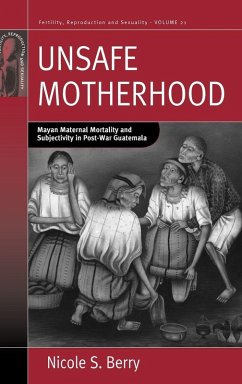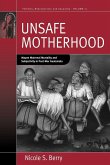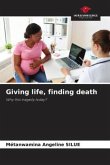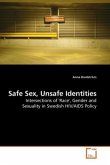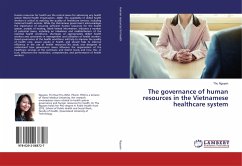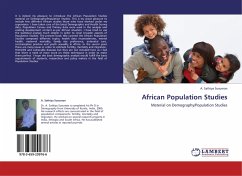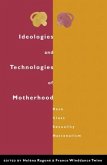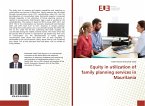"[S]heds light not only on the obstacles to making motherhood safer, but to improving the health of poor populations in general."-Social Anthropology Since 1987, when the global community first recognized the high frequency of women in developing countries dying from pregnancy-related causes, little progress has been made to combat this problem. This study follows the global policies that have been implemented in Sololá, Guatemala in order to decrease high rates of maternal mortality among indigenous Mayan women. The author examines the diverse meanings and understandings of motherhood, pregnancy, birth and birth-related death among the biomedical personnel, village women, their families, and midwives. These incongruous perspectives, in conjunction with the implementation of such policies, threaten to disenfranchise clients from their own cultural understandings of self. The author investigates how these policies need to meld with the everyday lives of these women, and how the failure to do so will lead to a failure to decrease maternal deaths globally. From the Introduction: An unspoken effect of reducing maternal mortality to a medical problem is that life and death become the only outcomes by which pregnancy and birth are understood. The specter of death looms large and limits our full exploration of either our attempts to curb maternal mortality, or the phenomenon itself. Certainly women's survival during childbirth is the ultimate measure of success of our efforts. Yet using pregnancy outcomes and biomedical attendance at birth as the primary feedback on global efforts to make pregnancy safer is misguided.
Hinweis: Dieser Artikel kann nur an eine deutsche Lieferadresse ausgeliefert werden.
Hinweis: Dieser Artikel kann nur an eine deutsche Lieferadresse ausgeliefert werden.

